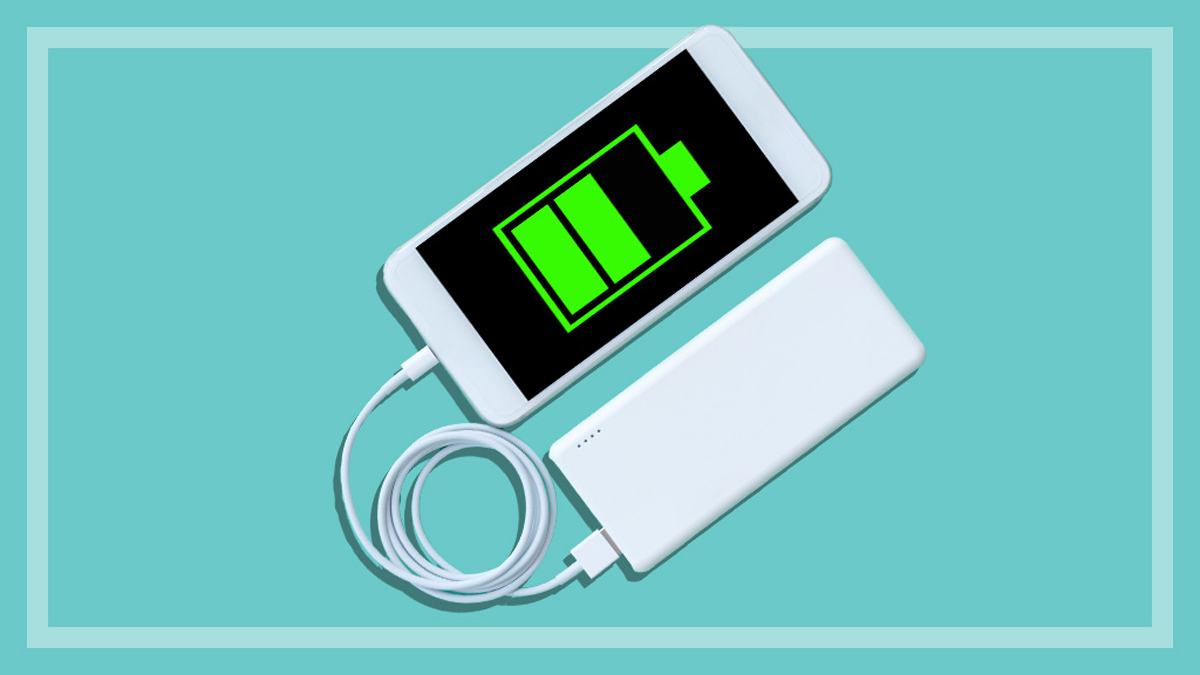Get our independent lab tests, expert reviews and honest advice.
How we test power banks

A power bank will help keep your smart devices charged and ready when you’re out and about. To find out which ones work best, we assess their size, charging capabilities and how easy they are to use so you can be confident you’re making the right decision when it’s time to buy. Here’s how we do it.
On this page:
How we choose what we test
We look for readily available power banks with a claimed power rating of at least 10,000mAh (milliampere hours) and up to around 30,000mAh that use USB-A, USB-C or both. We also test smaller and larger capacity models from time to time if they’re from a popular brand or offer something unique.
Ideally we try to find power banks that can charge multiple devices at once, as well as models that can charge devices other than smartphones (like tablets, laptops or portable games consoles) and some with fast-charge capabilities.
How we score power banks
The CHOICE Expert Rating, our overall score that determines which products we recommend, consists of:
- capacity performance (70%)
- ease of use (15%)
- display (15%).
We also look at whether the power bank can charge multiple devices, but this doesn’t contribute to the CHOICE Expert Rating.
How we test power banks
We rate and/or assess the following aspects of each power bank.
Usable capacity (USB-A power banks): Each product is connected to a Maynuo M9712 DC electronic load reference instrument. This instrument is set to draw the maximum supported current from the power bank’s fastest charging USB-A port. The output is sent to a PC and logged in a spreadsheet, with the data graphed to show the capacity drain over time. This test gives us the total milliampere hours that the battery supports.
Usable capacity (USB-C only power banks): We calculate what 80% of the battery capacity of our test phone is, then we use the power bank to charge the test phone to 80%, multiple times, until the power bank is fully discharged. Finally, we multiply the number of charges (including partial charges) by the 80% phone battery capacity value to give the usable capacity of the power bank.
Multiple device score: This refers to the power bank’s ability to charge multiple devices at once, if more than one port is available. Higher scoring models showed a limited drop in charging performance when two or more devices were plugged in. This does not contribute to the CHOICE Expert Rating. In 2022 this method was altered to be a general performance test observed over the course of 30 minutes.
Ease of use: This is based on how clearly the ports are labelled and the quality of the instruction manual.
Display: This takes into account the position of the display on the unit and how easy it is to view and understand at a glance.
Charge time: We completely drain a smartphone and note the time required to charge the device to 80%. We run this test three times.
Power bank charge time: We drain a power bank to the point where it will not charge a smartphone, then record how long it takes to recharge.
Charging a laptop: Some USB-C enabled power banks can charge USB-C enabled laptops using a USB-C to USB-C connection. If the laptop doesn’t display a charge indicator, then we determine that the power bank on test can’t charge it.
Charging a Nintendo Switch: This is the same as the USB-C laptop test, but with a Nintendo Switch.
Pocketability: This is a broad guide based on our experience handling the power banks – does it fit in your jeans pocket, jacket pocket, or a bag?






